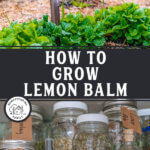
The Lemon Balm plant (Melissa Officinalis) is one of the most impressive herbs you will find in your herbal medicine cabinet. It originated in Southern Europe and was brought to North America by European colonists.
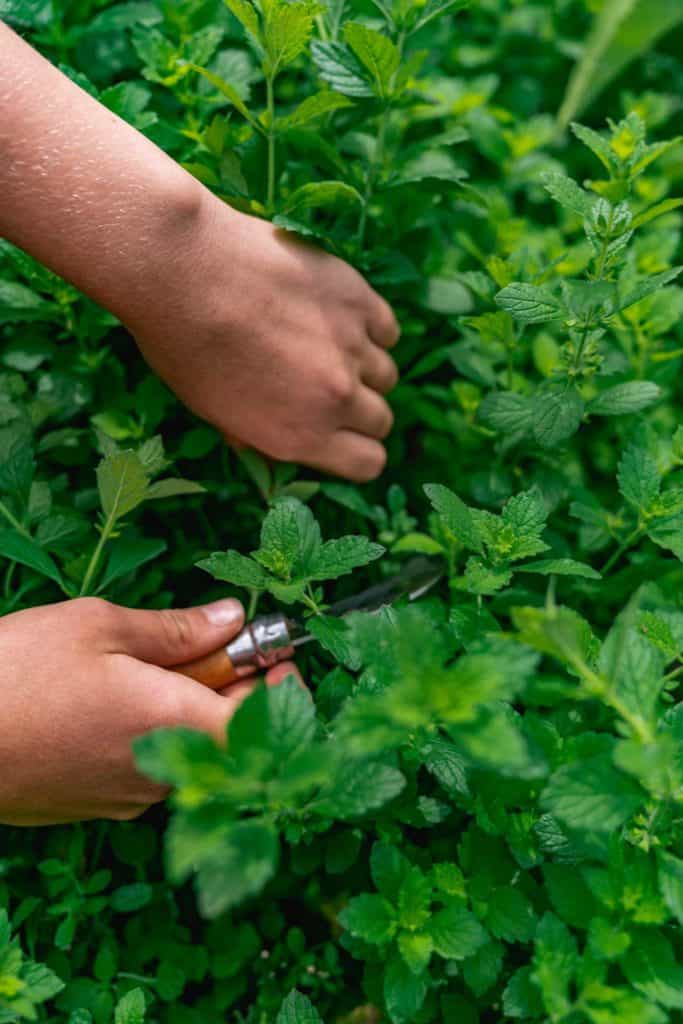
You can grow a lemon balm plant from seed or propagate it easily from another established plant. This versatile herb has numerous medicinal benefits and can be used in many ways. Read on and learn how to use lemon balm to benefit your health.
Why I Love the Lemon Balm Plant
Growing an old-fashioned cottage garden and practicing herbalism are things I’m passionate about, and I have spent years educating myself about medicinal herbs and their uses.
Due to its versatility and powerful medicinal properties, lemon balm is among my favorite 15 medicinal herbs to grow, along with calendula and yarrow.
Learning how to use herbal medicine safely at home for my family’s health and using them on our farm animals has been instrumental in going off grid with our healthcare and increasing our self-sufficiency.
How to start using medicinal herbs can seem daunting, but it has proved worth the effort to learn how to naturally and safely treat common ailments and support immune-building health.
”Lemon balm” (Melis – L.) is a hardy, perennial herb that propagates easily and spreads readily by dropping its seeds versus spreading by its roots, like other plants from the mint family. Hence, when managed, it stays in its area and grows in most zones attracting beneficial pollinators. Amazing!
What Is Lemon Balm
Melis. L. is the Latin name for Lemon Balm, sometimes called Sweet Bee or Common Balm. It comes from the Lamiaceae or Labiatae, commonly called the “mint” family.
It is a perennial, hermaphrodite species that attracts bees and repels flies, so other plants nearby also benefit. Lemon balm has lovely bright green, soft leaves and beautiful white flowers, creating an eye-catching display in an herb or vegetable garden.
Lemon balm’s mature three-foot height and two-foot girth make it a perfect choice when landscaping as a bordering or container plant. It’s a beautiful herb and a powerhouse of nutrition and healing when used for culinary and medicinal purposes.
It’s important to note that I am not a certified medical practitioner. This post is not intended to diagnose or treat but is for informational purposes only. Please contact your medical care professional before introducing new herbal remedies into your wellness routine.
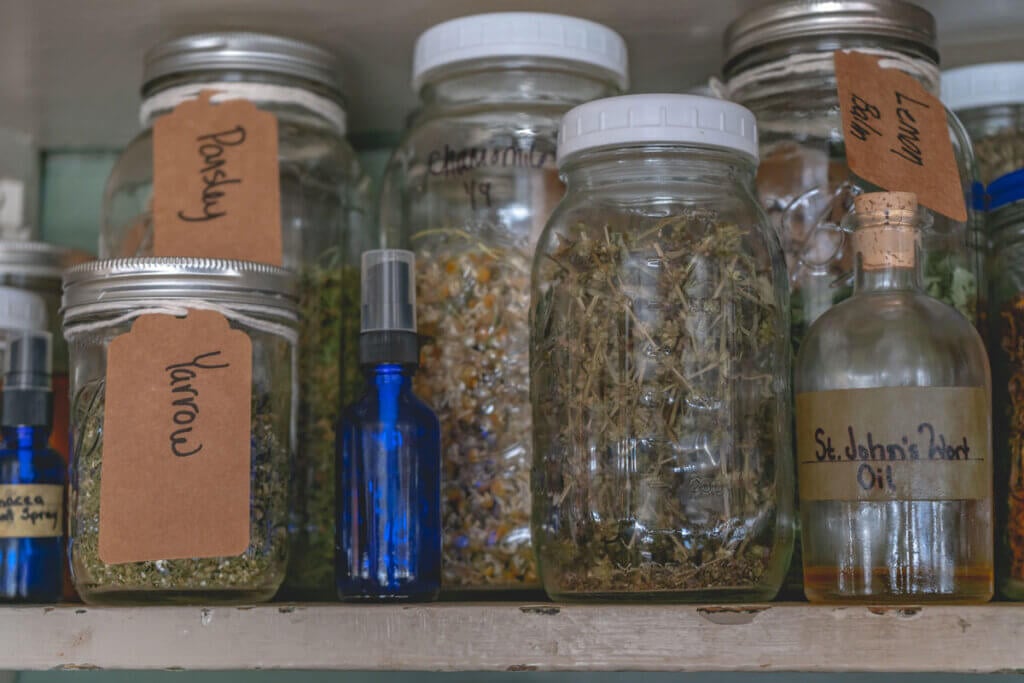
Health Benefits of Lemon Balm
Lemon balm’s numerous health benefits make it one of the best medicinal herbs to grow in your garden or yard.
Please note lemon balm can cause interactions if used with pharmaceutical medications to regulate thyroid conditions, with sedatives for anxiety or with medications for glaucoma. Seek medical guidance before using if this applies to you.
- Stress Relief – This fresh lemon-scented herb calms the body during times of stress, nervous tension and anxiety. Make it into a tea or tincture or simply rub the tender leaves in your hands and take several soothing inhales for aromatherapy. (Source)
- Upset Tummy – Infusing the leaves in water or kombucha may relieve digestive issues due to its antibacterial and anti-viral properties. (Source) I give it to my children when tummy issues arise. Babies can benefit, too, when lemon balm is infused with glycerine.
- Colds and Flus – Lemon balm leaves and roots are effective immune boosters. The tincture can aid the tiresome symptoms of the common cold and flu, such as fever, headaches, sweating and malaise. (Source)
- Cold Sores – Modern research has shown that the polyphenols in lemon balm, when used externally as an essential oil, aid in relieving pain and discomfort that develops with a herpes outbreak. (Source)
- Insect Repellent – Lemon balm can be used as an insect repellent and give relief from insect bites. (Source)

Ways to Prepare Lemon Balm
You can eat, drink, topically apply, or breathe the healing properties of lemon balm leaves and flowers. Eating the leaves straight from the plant may be challenging due to the texture or flavor. Here are a few other ways to prepare lemon balm for various herbal uses.
- Tea (Hot and Iced) – Instant herbal ice tea and immune-boosting hot tea using lemon balm leaves and flowers are easy and healthy. You can also add the leaves to make this homemade natural flavored water or use it when making home-brewed kombucha. It adds a nice refreshing lemony flavor.
- Tinctures – Herbal tinctures have been used for medicinal purposes for centuries. Learn how to make homemade tinctures for your medicine cabinet, as they are a powerful way to administer herbs because they have more concentrated medicinal compounds. Use sparingly in small doses to get started.
- Herbal Capsules – Drying herbs and making your own herbal capsules is easy and effective for good health. Swallowing a herb-filled capsule is sometimes easier and quicker to get down.
- Cough Remedy – This home remedy for coughs is a recipe that uses peppermint, but if you would rather have a lemon flavor versus mint, this antiviral herb is good medicine. Homesteading Hack: Breathing in warm steam with a few lemon balm leaves or a drop or two of lemon balm essential oils can help you breathe easier and stay calmer.
- Food Additives – Lemon balm leaves can be chopped or diced and added to your favorite salads, fish and lemony chicken recipes. You can add them at the end of a pan sauce or in a garden stir fry for a delicious lemony flavor.
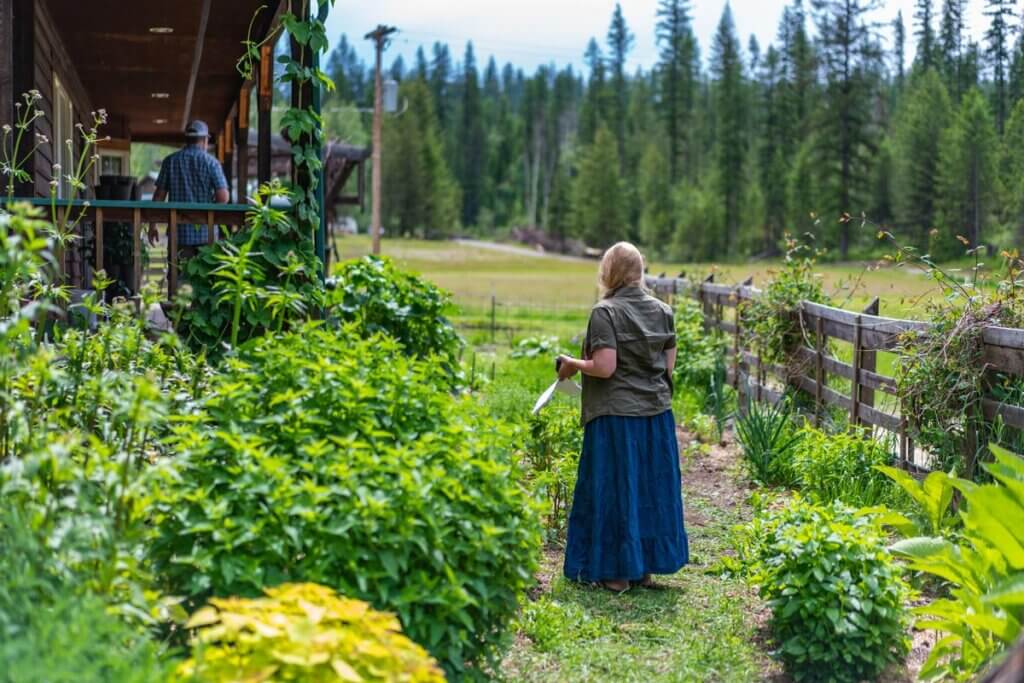
Growing Lemon Balm
This herb propagates very well if you have a friend or neighbor with an established lemon balm plant. Plant in well-draining soil in an area or container with room to grow.
Lemon balm is a good companion for plants from the brassica family to valerian, and it attracts honeybees while repelling flies, so your garden will benefit from its presence.
This perennial plant is hardy and grows best in an area that receives full sun but is hardy enough to do well in partial shade.
Planting
Knowing how to start seeds indoors, when to start seeds indoors, how to read seed packets and when to pot up your seedlings will help you get your lemon balm growing strong.
This hardy perennial can grow quickly up to three feet in height in sandy, loamy soil. A soil pH of 6.5 is ideal, so knowing how to test your soil can determine the pH level and help you know how to make amendments.
Plant your lemon balm in late spring if the temperatures allow. We live in North Idaho and can still have snow on the ground in late spring, but the lemon balm is fairly hardy and one of the first perennials to return each year. Make sure all signs of frost have passed before planting.
Space your lemon balm plants 16” to 24” inches apart from any other plants, keeping a moist soil that is not saturated with water.

Growing
Unlike other plants from the mint family, the lemon balm plant doesn’t grow as readily through its root system but reproduces when the small white flowers bloom, die and drop their tiny seeds.
Lemon balm is relatively easy to grow and can be pretty prolific, so you want to manage it, or you may have an overabundance in no time.
Lemon balm responds well to pruning, and after it reaches about eight inches tall, it should be cut back to half its length each month of the growing season. Propagating and moving to other areas or sharing with friends and neighbors is a gift that keeps on giving.
Lemon balm can become diseased with powdery mildew, but if treated immediately and given good air circulation, the plant will survive and thrive.
We make compost the easy way, adding it to the potting soil before planting and when transplanting the lemon balm plant in the garden. We also apply compost, as needed, to feed the cottage garden herbs. Homemade compost is sufficient for most garden plants, especially lemon balm.

Harvesting
For best results, harvest lemon balm leaves when the leaves are young. The essential oil concentration in the leaves is highest in the mid-afternoon. If you choose to harvest in the morning, make sure it’s dry and all the dew has thoroughly dried.
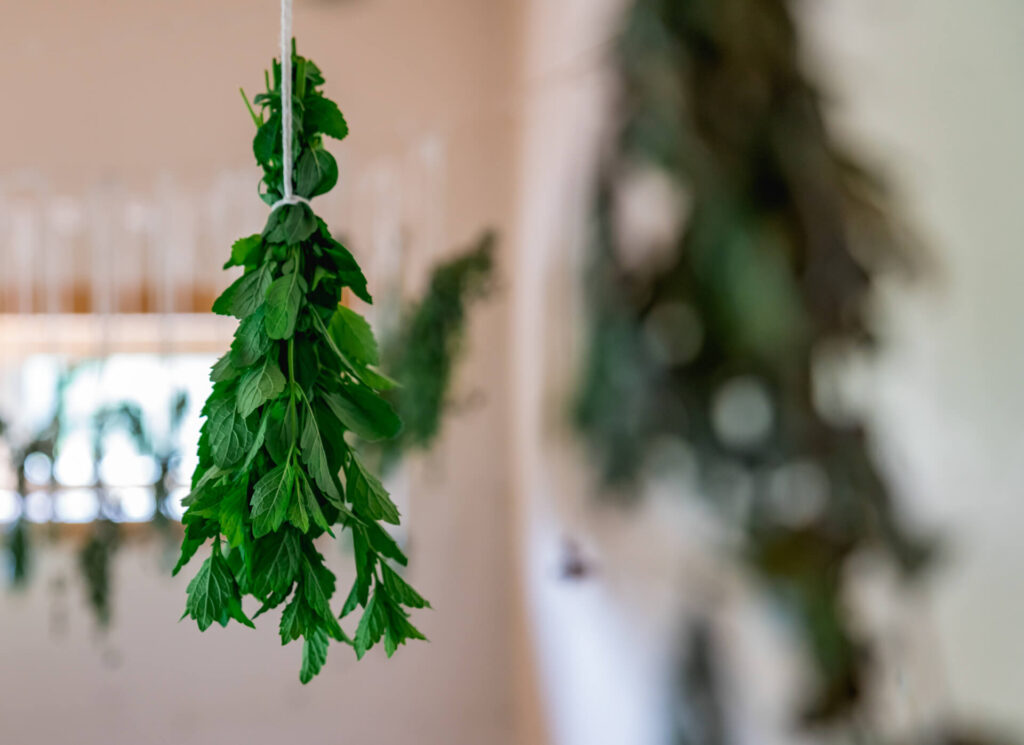
Preserving
After harvesting, the stems can be placed in a jar of water in the refrigerator for up to two weeks. Homesteading Hack: A plastic bag can be draped over the leaves to help keep the air from drying them out.
There are several options to preserve lemon balm for long-term storage.
- Freezing – Freezing lemon balm is a great way to preserve the flavor for infused water, kombucha, herbal teas, and other recipes.
- Salt – Herbs preserved in salt is another ideal preservation method for recipes.
- Freeze Drying – Understanding the difference between freeze-drying and dehydrating lemon balm is important. When reconstituted, freeze-dried lemon balm will have the texture and flavor of fresh.
- Dehydration – Dehydrating lemon balm won’t preserve the flavor as well but is great for encapsulation and tincture preparations. Learn how to dry fresh herbs by hang-drying, dehydrating or using the oven.
Homesteading Hack: Don’t forget to enjoy the aroma by giving the lemon balm leaves a gentle rub with your hands and inhaling deeply; its calming effects are amazing!
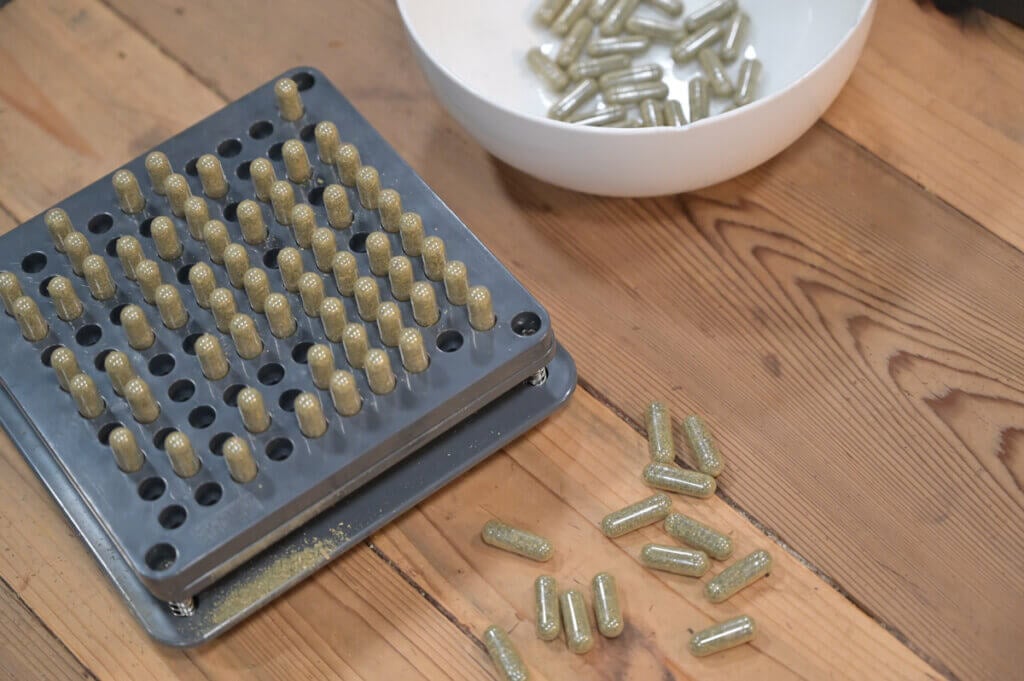
Using Herbal Medicine
Growing lemon balm is a great place to start with herbalism. It is easy to grow and preserve, and the health benefits are phenomenal.
If you are ready to learn more about herbal remedies and start healing your family naturally, the Herbal Medicine Cabinet: Colds and Flu class is designed just for you.
Sign up today, and learn how to stock your herbal medicine cabinet using simple herbs to safely, naturally and effectively treat your family this cold and flu season.
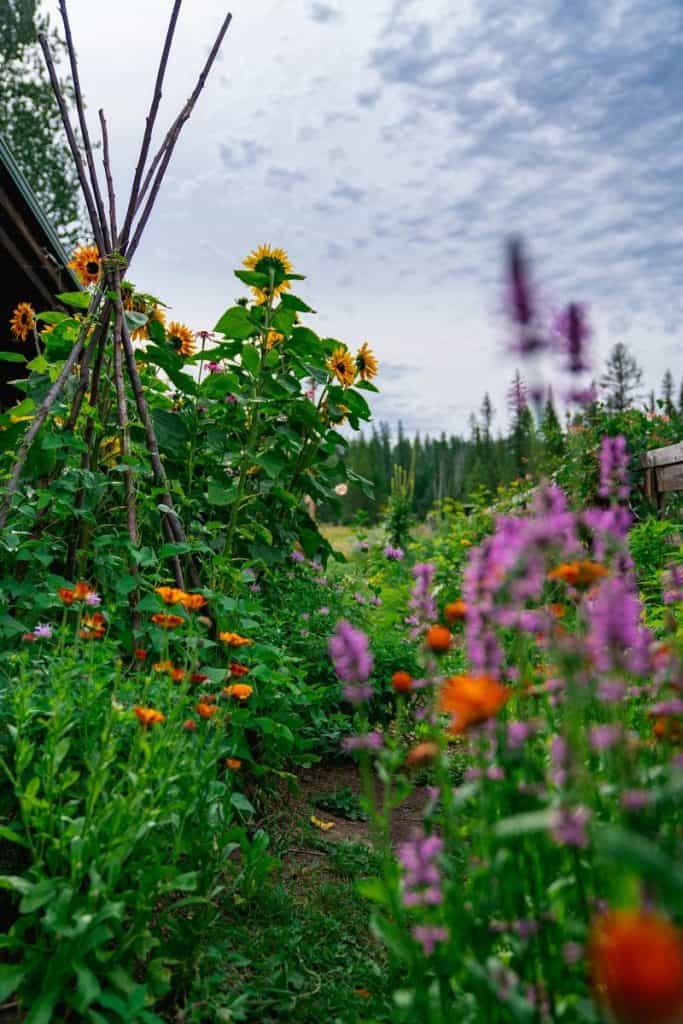
Other Articles You May Enjoy
- Medicinal Herbs & Their Uses
- 15 Medicinal Herbs to Grow & Their Common Uses
- How to Use Herbal Medicine Safely at Home
- Using Medicinal Herbs on Farm Animals
- How to Boost Your Immune System Naturally in 7 Simple Steps
- How to Start Using Medicinal Herbs
- Home Remedies For Cough (For Babies, Toddlers & Adults)
- Calendula Oil Recipe


















